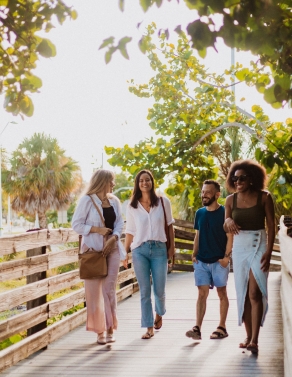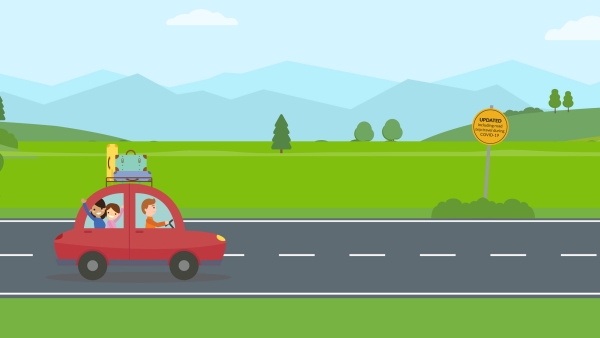As in many parts of the world, New Zealand is reimagining what tourism can look like. The COVID-19 pandemic has provided a unique opportunity to not only build back tourism in New Zealand – but to “build back better.”
By early 2000, the New Zealand tourism industry was generating significant financial returns to the country but had growing environmental impacts, persistent seasonality pressures and was failing to deliver widely shared benefits throughout the nation.
The New Zealand’s Parliamentary Commissioner for the Environment summed up many of these concerns in a December 2019 report entitled “Pristine, Popular…Imperilled?”
Miles Partnership led a major study in 2019 on international best practices in domestic tourism with funding from the Ministry of Business, Innovation & Employment (MBIE). Of the five global best practices we identified, New Zealand ranked poorly on four of the five. Drawing on that study and a range of other critical research and resources, here are eight essentials in rebuilding and maintaining a New Zealand tourism industry that works for everyone.
Below are the first four essentials in rebuilding a “New” New Zealand tourism industry. See Part II of this blog for steps #5-8.
1. Domestic Tourism: a long-term commitment to the foundation of New Zealand tourism
2. Listening to Locals: and putting them at the centre of tourism.
3. Balance: resourcing & coordinating tourism marketing and management
4. Regenerative tourism: tourism which is giving back to enhance the environment and our communities
1. Domestic Tourism
As noted as far back as 1993, “Domestic tourism in New Zealand has generally been the poor and neglected cousin of international tourism in terms of official policy and research."
Domestic tourism may not add new, incremental international spending to the nation, but it is central to creating a sustainable, vibrant, and profitable tourism industry. As our 2019 international benchmarking study concluded, domestic tourism is central to addressing New Zealand’s persistent problems of seasonality and regional dispersal.
Strong domestic tourism builds a foundation of life-long connections with loyal New Zealanders who can be motivated to travel far more easily and cost effectively than international visitors. In a world of clear risks and uncertainty, domestic tourism is therefore an essential foundation for our industry.
However, in the decades leading up to 2020, New Zealand’s investment in tourism did not reflect a healthy balance of domestic and international travel. In 2019, it was estimated that New Zealand spent 23x more public money on attracting an additional dollar of international visitor spending vs. adding an additional dollar in domestic visitor spending. This imbalance created huge distortions in our tourism industry, inflating private sector investment in international tourism and discouraging investment in domestic tourism. With little competition from our local travel industry, outbound international travel by Kiwis soared – offsetting much of the benefits of increased international visitor spending on our current account.
The costs and risk of this approach has been starkly exposed in the COVID-19 crisis.
* Tourism New Zealand’s publicly funded international marketing budget of $112 million in 2019 vs. an estimate of RTO’s combined domestic tourism marketing budgets of ~$5 million for the same year.
Action: New Zealand needs an industry structure and funding that reflects a balanced commitment to both international and domestic tourism. This should include sustainable, long-term funding and review of the best national organisation(s) to help facilitate domestic tourism and coordinate the work of Regional Tourism Organisations (RTOs) and the wider industry. The models used by Finland and Ireland in particular are worth investigating. Both Visit Finland remain focused on international tourism but have collaborated and aligned with national tourism entities with a responsibility for domestic tourism: Failte Ireland and Suoma (Finland National Association of Tourism Associations).
Resources:
2019 by Miles Partnership & Group NAO for MBIE or download the Executive Study









